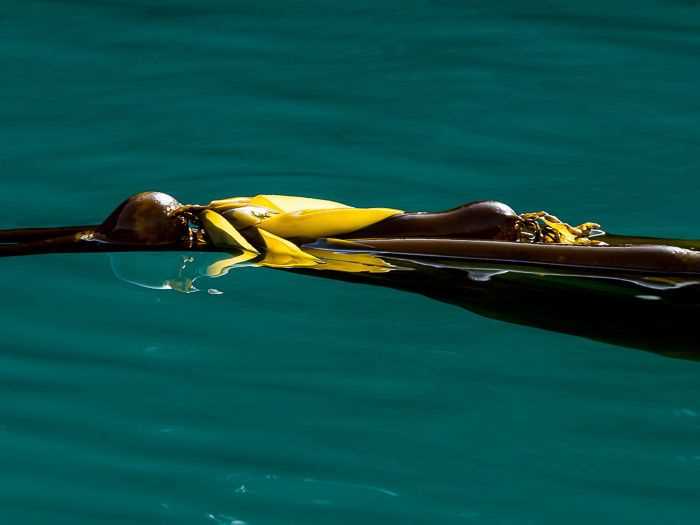It was truly a day of expedition aboard National Geographic Sea Bird. We explored a primitive area of Glacier Bay National Park by foot and expedition landing craft. Most people will visit Glacier Bay when they come to the park, either via big ship, tour operator, or kayak. Today, we had the privilege of visiting Dundas Bay, just west of Glacier Bay proper—and not on the tourist circuit at all. As such, we did not see any other people for the entire day.
However, we did see sea otters, harbor porpoise, several beautiful surf scoters, various species of gulls, and numerous jellies. And this was just from the expedition landing craft tour. Since we were visiting at low tide, we also got up close and personal with the incredible biodiversity of the intertidal zone. All sorts of macro-algae (seaweed), sea urchins, mollusks, and barnacles were exposed for viewing.
The land explorers found bear prints and tracks, fresh moose scat, and elusive, tiny, yet ecologically significant mice—an uncommon animal sighting. Among the diversity of plants observed included lupine, silverweed, two varieties of paintbrush, yarrow, as well as some of the common temperate rainforest vegetation such as Sitka spruce and Sitka alder.
The atypical brightness of the day gave us clear views of the Fairweather Mountains. These mountains are the highest coastal mountains of any that occur on the planet. Rising to 15,000-plus feet from sea level, this coastal range is an impressive sight. Being witness to such awesome nature is truly humbling, yet simultaneously inspiring! All the while, the kayakers, hikers, and landing-craft cruisers were doing their thing. Flat-calm seas made for the perfect conditions to explore this magnificent landscape. And this was all before lunch! The afternoon operations provided opportunities for guests to swap around with their activities and continue their explorations of a very rarely visited part of Glacier Bay National Park.









